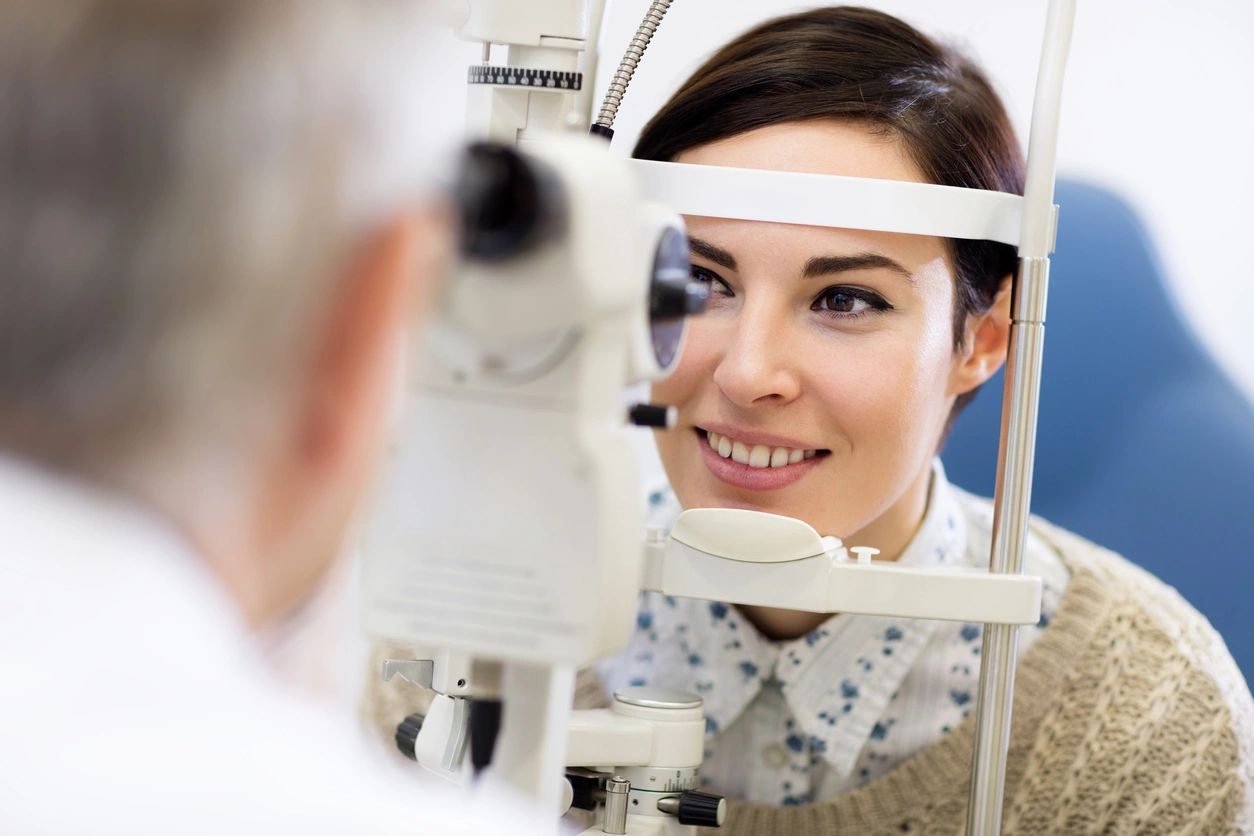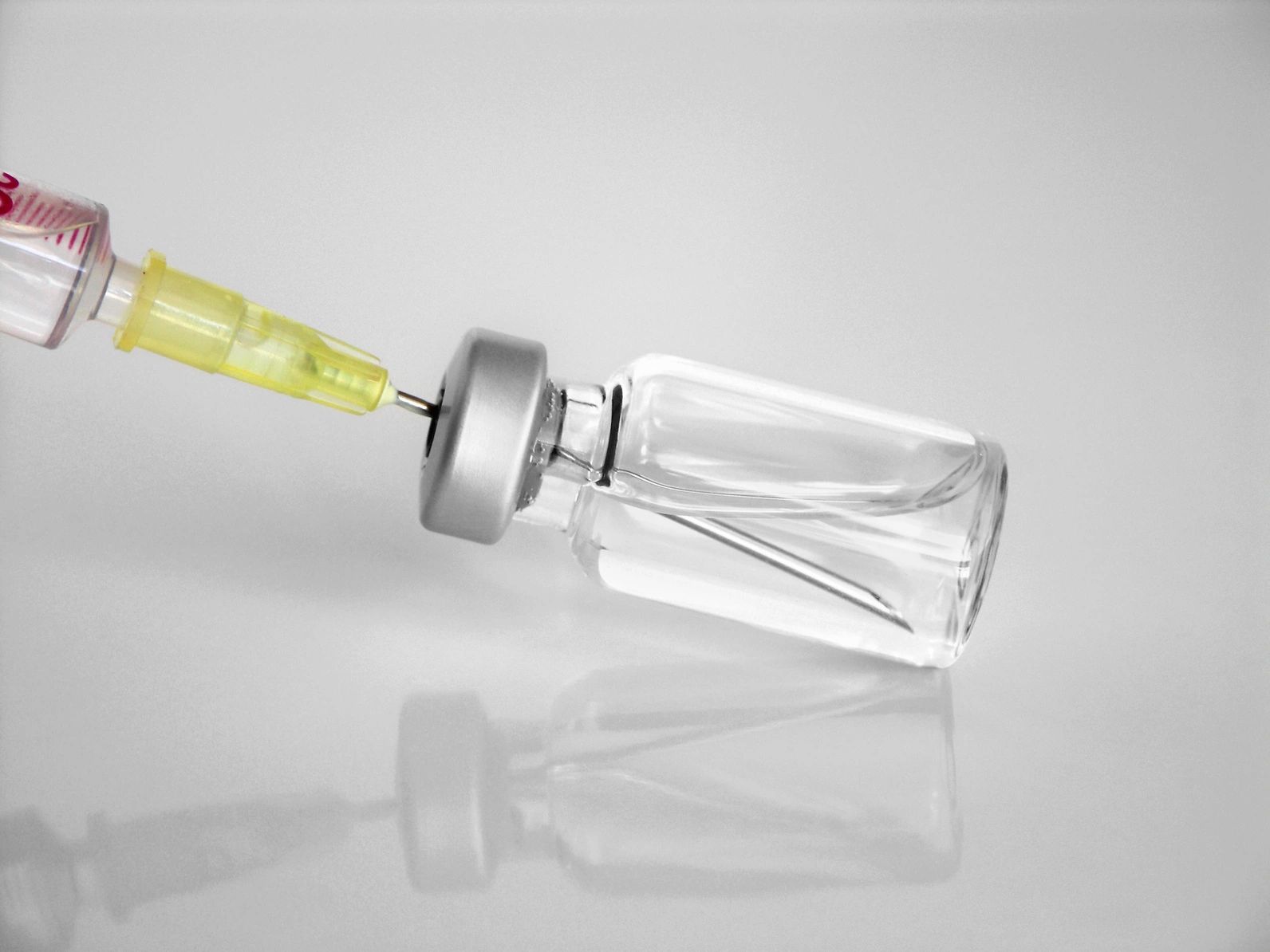Surprising link made between “good cholesterol” and eye disease in new study: What do we need to know for overall health?
By Pinaki Nakod
When we hear the term “good cholesterol,” we probably think of it as a hero for heart health. High-density lipoprotein (HDL)—often dubbed “good” cholesterol—has long been celebrated for its role in our heart health. But what if this so-called good cholesterol has a hidden downside? Researchers from Sun Yat-sen University (China), Queen’s University Belfast (UK), and Orbis International (USA) have found that in people over 55, elevated HDL levels might increase the risk of developing glaucoma—a leading cause of blindness worldwide. This surprising finding challenges what we once believed about good cholesterol and its benefits.
Cholesterol 101: a quick refresher
Cholesterol is a fatty substance in our blood, essential for building cells. It’s often categorized into HDL (“good”) and low-density lipoprotein (LDL, or “bad” cholesterol). Let’s break down cholesterol’s usual roles:
HDL (Hero?): Helps remove excess LDL from the bloodstream, transporting it to the liver for processing and elimination. Ideal levels are ≥40 mg/dL for men and ≥50 mg/dL for women.
LDL (Villain?): Contributes to plaque buildup in arteries, increasing the risk of heart disease. Doctors recommend keeping it below 100 mg/dL.
But the study researchers suggest HDL’s “hero” status isn’t universal. “For 70 years, HDL was seen as uniformly beneficial,” they noted. “Now, it appears more nuanced.”
Glaucoma: the silent thief of sight
Glaucoma is an eye condition where increased pressure damages the optic nerve, potentially leading to irreversible blindness. It is called the “silent thief of sight” because it often progresses without any noticeable symptoms in the early stages. Glaucoma is projected to affect over 112 million people by 2040. Early detection and regular eye exams, especially for people older than 40, are key because once vision is lost, it cannot be restored. Risk factors include age, ethnicity, high eye pressure, and family history. Understanding all the factors that might contribute to glaucoma is, therefore, crucial for protecting our sight.
RELATED: We’ve All Got a Blind Spot, and Can Shrink It
Understanding good cholesterol and glaucoma
The researchers conducted a large-scale study that followed more than 400,000 adults older than 14. They found that those with higher HDL levels had a 10 percent greater chance of developing glaucoma. In contrast, higher levels of LDL appeared to offer some unexpected protection for the eyes. This twist challenges the traditional view that more HDL is always better.
Glaucoma occurs when fluid buildup damages the optic nerve, often due to high eye pressure. While the exact link between HDL and glaucoma isn’t clear, the researchers have theories:
The Clogging Effect: Similar to how LDL clogs arteries, excess HDL may thicken the eye’s drainage system, leading to fluid buildup, increased eye pressure, and optic nerve damage.
Genetic Factors: A genetic predisposition (measured by a “polygenic risk score”—a health prediction based on DNA) amplified HDL’s harmful effects, suggesting a possible role of HDL in removing excess cholesterol by transporting it to the liver for elimination, which requires further investigation.
Age and Gender: The risks were strongest in men over 55 with higher HDL, while women saw protective effects from higher LDL. This difference may be linked to genetic susceptibility to dyslipidemia (unhealthy blood fat levels) in men and hormonal changes in postmenopausal women, as estrogen helps women process fats more efficiently. Aging may alter how cholesterol interacts with eye tissues, though the exact mechanisms remain unclear.
RELATED: Does Brain Cholesterol Control Alzheimer’s?
What does this mean for us?
Cholesterol isn’t inherently “good” or “bad”—it’s how it behaves in the body that matters. The researchers highlight the complex interplay between different aspects of our health. For decades, doctors have encouraged patients to raise their “good cholesterol” or HDL levels through exercise, diet, and sometimes medication. But if high HDL increases glaucoma risk in older adults, especially those over 55, this advice might need fine-tuning. While maintaining healthy cholesterol levels is important for heart health, we need a more balanced approach to cholesterol management, considering its effects beyond cardiovascular health.
This research offers valuable insights:
Get Regular Eye Exams: Early detection is key to preventing vision loss from glaucoma. Adults over 40 should have comprehensive eye exams every two years, or annually if they have additional risk factors like high cholesterol or a family history of glaucoma.
Monitoring Cholesterol Levels: While maintaining healthy HDL levels is still important for heart health, discuss these findings with a healthcare provider. They may recommend a more nuanced approach to managing your cholesterol.
Adopt a Holistic Health Strategy: Incorporate lifestyle changes that benefit both heart and eye health—such as eating a balanced diet rich in leafy greens and omega-3 fatty acids, exercising regularly, and avoiding smoking.
Stay Informed: Medical science evolves rapidly. Keep up with new research and consult trusted sources or specialists when making healthcare decisions.
The bigger picture: a new chapter in eye health
This research isn’t just about good cholesterol—it’s a wake-up call to challenge assumptions in medicine. Key takeaways:
Personalized Medicine Matters: Age, genetics, and sex all influence how cholesterol affects health. One-size-fits-all guidelines may soon be outdated.
Research Continues: Scientists are now exploring whether HDL-lowering therapies (still experimental) could benefit high-risk glaucoma patients.
Lifestyle Still Counts: While HDL’s role is complicated, maintaining a balanced diet, avoiding smoking, and managing blood pressure remain pillars of eye health.
Early detection and treatment are vital, but understanding new risk factors—like cholesterol—could revolutionize prevention strategies.
A new lens on health: rethinking wellness beyond the basics
Health isn’t always black and white. The discovery that good cholesterol may have unintended consequences for eye health is both surprising and thought-provoking. It challenges us to rethink how we define “good” and “bad” in medicine and highlights the interconnectedness of our body systems. It’s a reminder to keep an eye on all aspects of our health and to discuss any concerns with a healthcare provider. As researchers continue to unravel these surprising links, our approach to managing cholesterol may evolve, leading to more personalized care that protects both our heart and our eyes.
Our journey toward understanding our bodies is full of surprises. The quest for better health is not just about following old wisdom—it’s about questioning, learning, and adapting to new insights that promise to improve lives in ways we are only beginning to imagine.
This study was published in the peer-reviewed journal British Journal of Opthalmology.
References
Ma, Y., Wu, Y., Hu, L., Chen, W., Zhang, X., Zheng, D., Congdon, N., Jin, G., & Liu, Z. (2025). Associations between serum lipids and glaucoma: a cohort study of 400 229 UK Biobank participants. The British Journal of Ophthalmology, bjo-2024-326062. Advance online publication. https://doi.org/10.1136/bjo-2024-326062
Joshi, R. S., & Adatiya, V. H. (2023). Study of the relationship between serum lipid levels and primary open-angle glaucoma. Indian Journal of Ophthalmology, 71(5), 1948–1952. https://doi.org/10.4103/IJO.IJO_3233_22

About the Author
Pinaki Nakod is a biotech professional with a strong research background and a passion for scientific discovery. She holds a PhD in Chemical Engineering from the University of Alabama, USA. Dedicated to communicating complex science in an engaging and accessible way, she enjoys sharing knowledge with diverse audiences. In her free time, she loves hiking, cooking, and exploring new ideas. Follow Pinaki on LinkedIn.
The information contained in this article is for informational purposes only and is not intended as health or medical advice. Always consult a physician or other qualified health provider regarding any questions you may have about a medical condition or health objectives.




